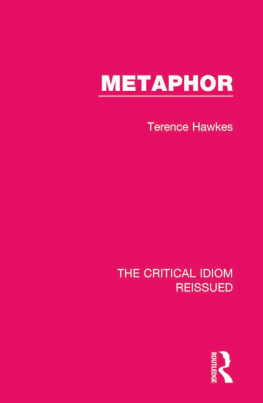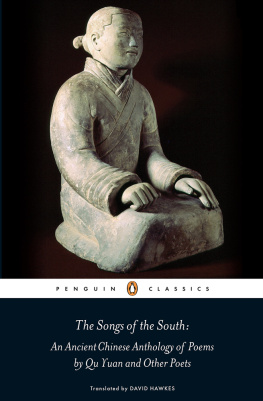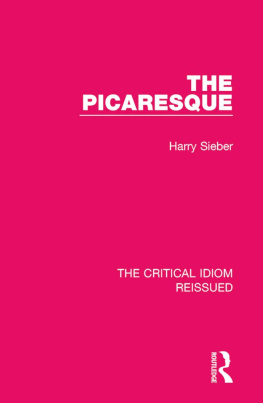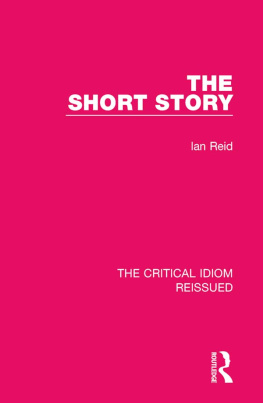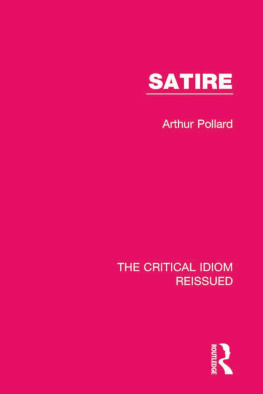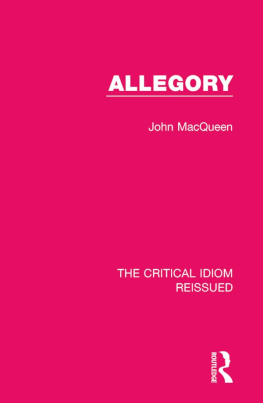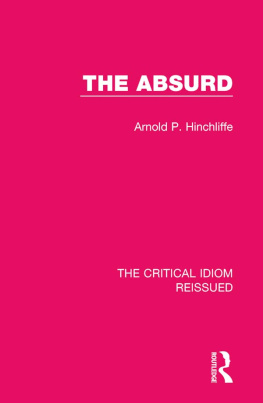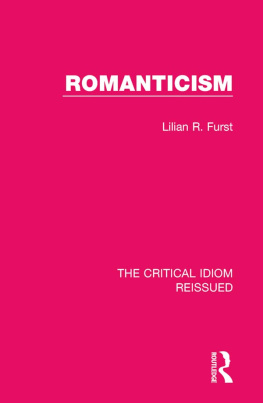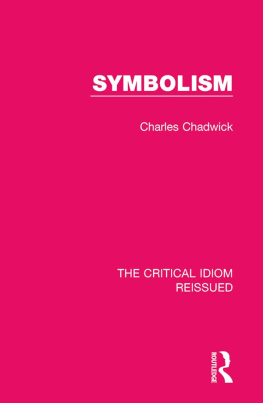Table of Contents
Guide
Print Page Numbers
THE CRITICAL IDIOM REISSUED
Volume 24
METAPHOR
METAPHOR
TERENCE HAWKES
First published in 1972 by Methuen & Co Ltd
This edition first published in 2018
by Routledge
2 Park Square, Milton Park, Abingdon, Oxon OX14 4RN
and by Routledge
711 Third Avenue, New York, NY 10017
Routledge is an imprint of the Taylor & Francis Group, an informa business
1972 Terence Hawkes
All rights reserved. No part of this book may be reprinted or reproduced or utilised in any form or by any electronic, mechanical, or other means, now known or hereafter invented, including photocopying and recording, or in any information storage or retrieval system, without permission in writing from the publishers.
Trademark notice: Product or corporate names may be trademarks or registered trademarks, and are used only for identification and explanation without intent to infringe.
British Library Cataloguing in Publication Data
A catalogue record for this book is available from the British Library
ISBN: 978-1-138-21971-7 (Set)
ISBN: 978-1-315-26975-7 (Set) (ebk)
ISBN: 978-1-138-23811-4 (Volume 24) (hbk)
ISBN: 978-1-315-29809-2 (Volume 24) (ebk)
Publishers Note
The publisher has gone to great lengths to ensure the quality of this reprint but points out that some imperfections in the original copies may be apparent.
Disclaimer
The publisher has made every effort to trace copyright holders and would welcome correspondence from those they have been unable to trace.
Metaphor
Terence Hawkes
Methuen & Co Ltd
First published 1972
by Methuen & Co Ltd
11 New Fetter Lane, London EC4
1972 Terence Hawkes
SBN 416 09020 6 Hardback
SBN 416 09030 3 Paperback
This edition is available in both hardback and paperback editions. The paperback edition is sold subject to the condition that it shall not, by way of trade or otherwise, be lent, re-sold, hired out, or otherwise circulated without the publishers prior consent in any form of binding or cover other than that in which it is published and without a similar condition including this condition being imposed on the subsequent purchaser.
Distributed in the U.S.A. by
HARPER & ROW PUBLISHERS, INC.
BARNES & NOBLE IMPORT DIVISION
to ANN
Contents
This volume is one of a series of short studies, each dealing with a single key item, or a group of two or three key items, in our critical vocabulary. The purpose of the series differs from that served by the standard glossaries of literary terms. Many terms are adequately defined for the needs of students by the brief entries in these glossaries, and such terms will not be the subjects of studies in the present series. But there are other terms which cannot be made familiar by means of compact definitions. Students need to grow accustomed to them through simple and straightforward but reasonably full discussions of them. The purpose of this series is to provide such discussions.
Some of the terms in question refer to literary movements (e.g., Romanticism, Aestheticism, etc.), others to literary kinds (e.g., Comedy, Epic, etc.), and still others to stylistic features (e.g., Irony, The Conceit, etc.). Because of this diversity of subject matter, no attempt has been made to impose a uniform pattern upon the studies. But all authors have tried to provide as full illustrative quotation as possible, to make reference whenever appropriate to more than one literature, and to compose their studies in such a way as to guide readers towards the short bibliographies in which they have made suggestions for further reading.
John D. Jump
University of Manchester
I should like to thank Professor John D. Jump for his encouragement over a long period. Also several of my colleagues at University College, Cardiff kindly listened to or read sections of this material and made extremely helpful comments on it: in particular Nick Fisher of the Department of Classics, and G. Ingli James, Peter Garside and Robin Moffat of the Department of English. They will know that I am grateful to them.
A large portion of this book was written whilst I was in the United States in the summer of 1971, as a visiting professor at Rutgers University. My thanks must go to Professor Maurice Charney and his wife Hanna, whose kindly acumen and dazzling hospitality deserve a better relic, and to Professor Daniel Howard whose benevolence made my trip possible. The friendship of Louis and Joan Slovinsky and of Bob and Arlene Trudell proved powerfully sustaining. My greatest debt of gratitude remains, as ever, to my wife.
Finally, I must thank my argumentative students who will be the first to recognize the extent to which, over the years, I have become the vehicle to their tenor.
T.H.
The degrees of metaphor. The absolute object slightly turned is a metaphor of the object
(Wallace Stevens)
The word metaphor comes from the Greek word metaphora derived from meta meaning over, and pherein, to carry. It refers to a particular set of linguistic processes whereby aspects of one object are carried over or transferred to another object, so that the second object is spoken of as if it were the first. There are various types of metaphor, and the number of objects involved can vary, but the general procedure of transference remains the same:
Awake! for Morning in the Bowl of Night
Has flung the stone that puts the stars to flight.
(Edward FitzGerald, The Rubiyt of Omar Khayym)

